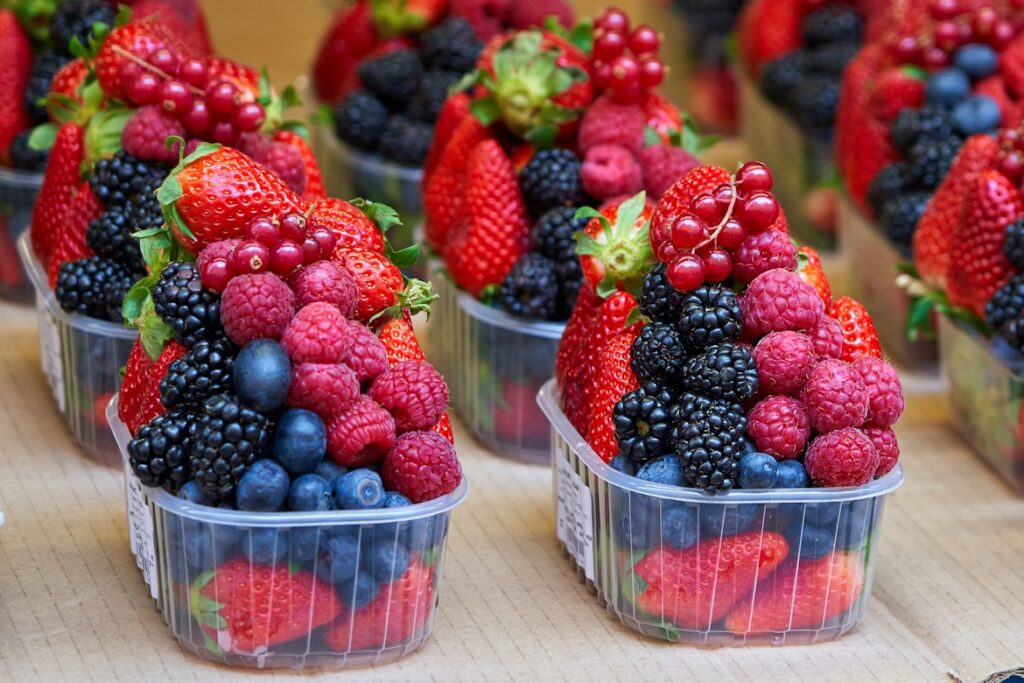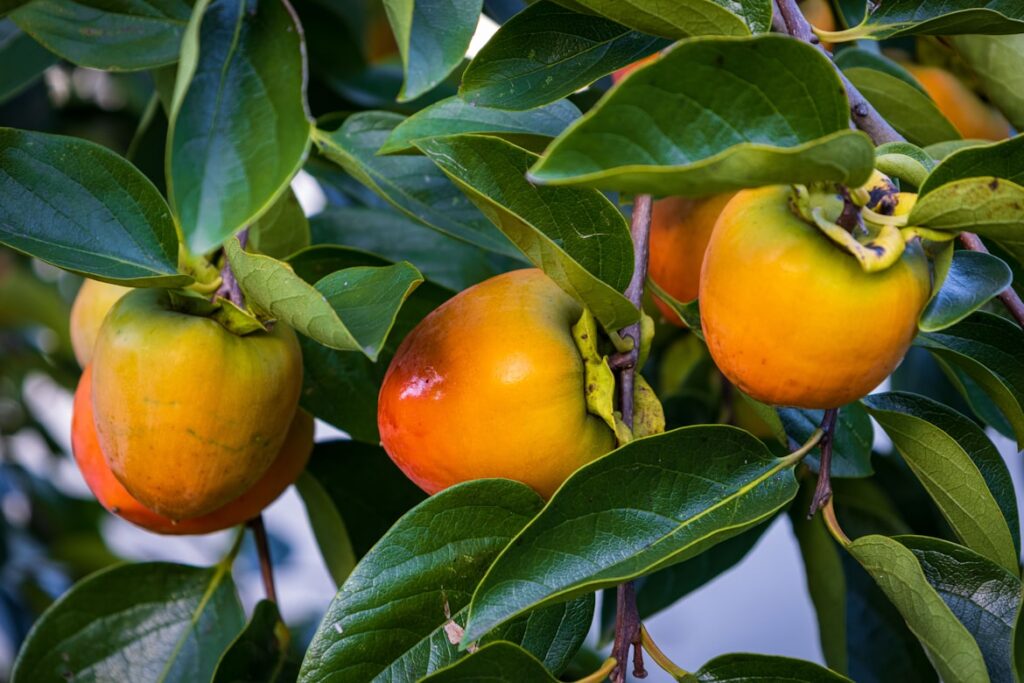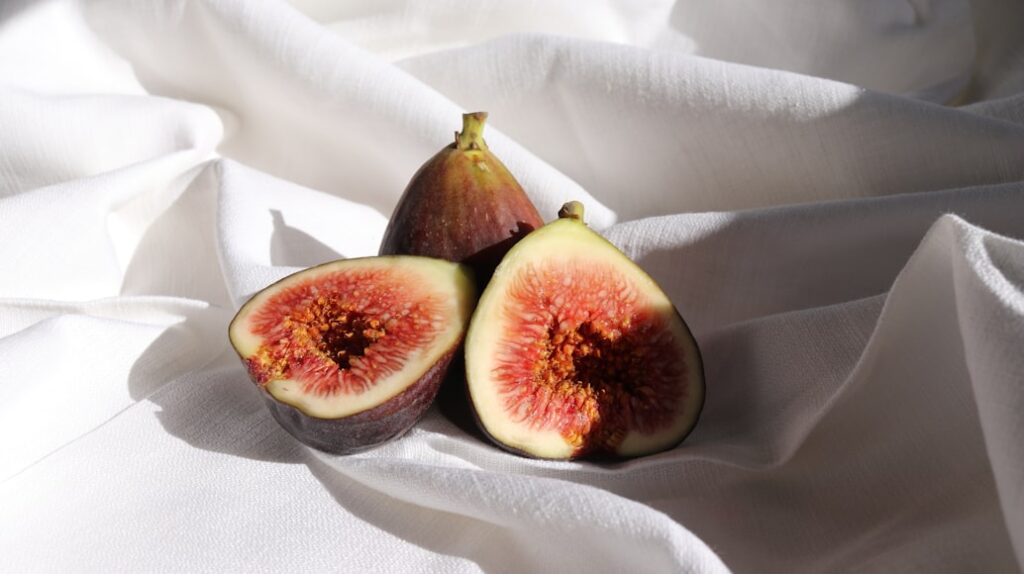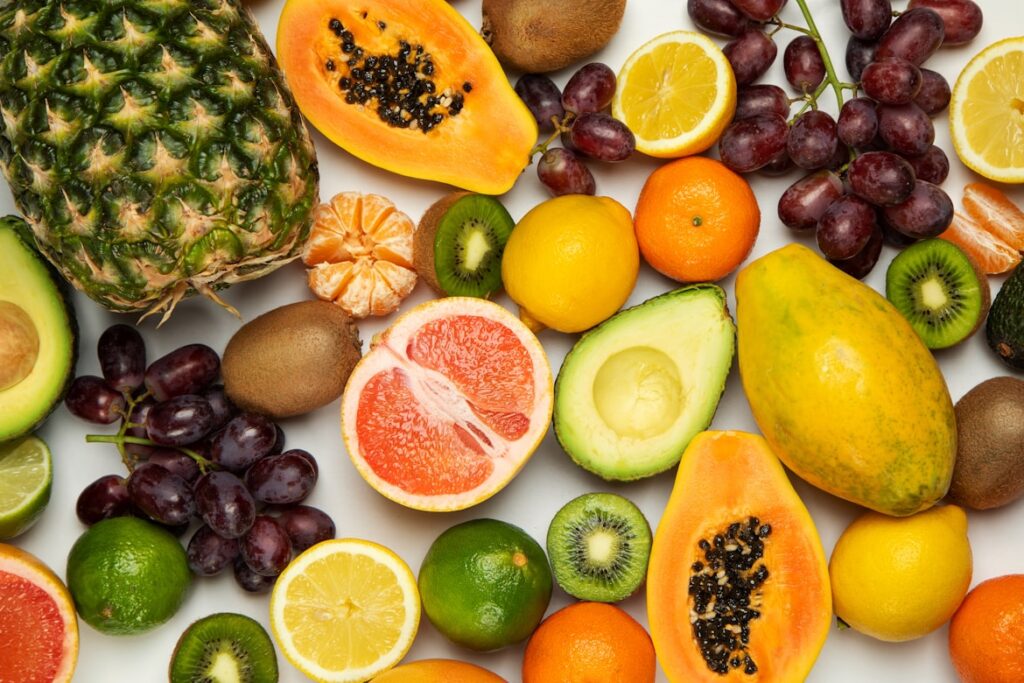You know how everyone’s always chasing the next big superfood? Spirulina one year, chia seeds the next.
But when Japanese nutritionist Michiko Tomioka (@michian_rd on IG) talks about health, she keeps it simple: she eats fruit every single day.
Growing up in Nara, Japan, surrounded by fruit trees and generous neighbors who’d drop by with baskets of fresh produce, she learned early that food could be medicine.
And even now, as a certified nutritionist and longevity expert, her daily habits haven’t changed much.
According to her, fruit isn’t just about vitamins or fiber. It’s a daily ritual, one that fuels her energy, keeps her immune system strong, and makes healthy eating actually enjoyable.
So what’s always in her kitchen? Five fruits she swears by for long life and a rock-solid immune system.
Contents
1. Apples

If there’s one fruit Michiko Tomioka never skips, it’s apples. They’re loaded with vitamin C, fiber, potassium, and polyphenols, all the good stuff your body actually needs.
But what’s really interesting is how apples support your gut. They’ve got both prebiotics and probiotics, which help your digestive system stay happy.
And a healthy gut means a stronger brain and immune system, too.
Michiko even calls apple picking one of her favorite yearly rituals. Every fall, she heads up to Fishkill Farms in New York to fill her basket with crisp, freshly picked apples.
And here’s her tip: eat them with the skin on. That’s where most of the fiber lives. She loves slicing them into salads, baking them into warm dishes, blending them into soups, or just turning them into homemade applesauce.
Simple, fresh, and good for you. That’s her whole philosophy in a bite.
2. Berries

If there’s one thing Michiko never gets tired of, it’s berries.
Strawberries, blueberries, blackberries, raspberries, cranberries, goji – she loves them all. They’re small, colorful, and bursting with nutrition.
Berries are naturally low in calories but loaded with vitamins, fiber, and antioxidants like anthocyanins; the compounds that give them their rich, vibrant color and powerful health benefits.
Blueberries, she says, are especially good for brain and heart health. And those bright red goji berries are packed with beta-carotene, which supports healthy eyes and glowing skin.
Michiko often mixes berries with oranges to make her own jam that fills her kitchen with a sweet, tangy aroma. Healthy food doesn’t have to be complicated!
When berries are in season, she eats them fresh. The rest of the year, she keeps frozen organic ones on hand for smoothies, and dried goji berries for easy snacks or as toppings on oatmeal and yogurt.
However you enjoy them, berries are one of those rare treats that feel indulgent but do your body a world of good.
3. Citrus Fruits

Citrus fruits are basically sunshine in edible form.
Whether it’s clementines, oranges, lemons, or even the fragrant Japanese yuzu, Michiko swears by them for keeping her immune system strong year-round.
These fruits are packed with vitamins C and A, folate, potassium, and fiber; all the essentials your body needs to fight off fatigue and stay balanced.
But there’s more going on inside that bright skin. Citrus fruits are full of flavonoids and carotenoids, antioxidants that help protect your cells from everyday stress.
Plus, vitamin C helps your body absorb iron from plant-based foods, which is a huge win for anyone following a vegetarian or vegan diet.
Michiko’s advice? Eat the whole fruit, not just the juice. Juice might taste great, but it skips the fiber and can send your blood sugar on a rollercoaster. She uses citrus zest and juice in everything: salad dressings, baked treats, teas, and even homemade jams.
And when she wants something refreshing, she tosses a few bright slices into a salad for that pop of color and flavor.
Most people toss the peel, but Michiko says it’s secretly a nutrient goldmine, loaded with folate, riboflavin, thiamine, and calcium. Turns out, there’s a lot of goodness hiding in that bitter bite!
4. Persimmons

Michiko calls persimmons a “nutrient powerhouse”, packed with vitamins A and C, potassium, fiber, and polyphenols like tannins and flavonoids.
Together, these help manage cholesterol and blood pressure, while also supporting healthy eyes and glowing skin.
In Japan, persimmons mark the changing of seasons. There are two main types: Fuyu, which you can eat while still firm, and Hachiya, the astringent kind that needs to be fully ripe or dried before eating.
Michiko has a special childhood memory tied to them. Every late fall, her mother would hang strings of Hachiya persimmons to dry in the crisp air. They’d turn into chewy, sweet treats that her family would snack on, use in traditional Japanese sweets called wagashi, or simmer gently with vegetables.
Even now, she still finds comfort in that ritual. She often brews persimmon leaf tea: rich, earthy, and naturally anti-inflammatory. It’s her everyday way of keeping that connection to home, and to health, alive.
5. Figs

In Japan, figs are called ichijiku, which translates to “no flower fruit.”
It’s a fitting name, because the fig’s flower actually blooms inside the fruit. It’s one of those quiet wonders of nature that makes you pause for a second.
Michiko loves figs not just for their flavor but for their balance of nutrients. They’re rich in fiber, vitamins, minerals, and phytoestrogens, plant compounds that naturally support women’s health and hormonal balance.
They also contain an enzyme called ficin, which helps break down proteins, making figs an ideal after-meal snack. Beyond that, they’re known to help manage cholesterol and reduce inflammation.
She enjoys them every which way: fresh when they’re in season, dried when they’re not. Figs find their way into her salads, soups, desserts, and homemade jams—their gentle sweetness pairs beautifully with the earthy taste of matcha or a piece of dark chocolate.
Simple and quietly nourishing. Just like the way Michiko approaches food itself.
Michiko’s Advice for a Fruitful Life

Michiko’s take on healthy eating is simple. It’s not about rules or restrictions, but about rhythm and balance. Her relationship with fruit reflects that beautifully. Here’s what she’s learned over the years:
- Embrace seasonal variety.
No single fruit has it all. Each season brings its own gifts: strawberries in spring, peaches in summer, apples in fall. Eating what’s local and in season means fresher flavor, better nutrition, and a lighter footprint on the planet.
- Eat whole, and go organic when you can.
The skin, pulp, and fiber are what make fruit such a complete food. They help your body absorb natural sugars slowly and keep your digestion running smoothly. And if you’re eating the skin, choosing organic is always worth it.
- Eat mindfully.
Slow down. Take your time with each bite. Michiko says she chews every slice of apple at least 20 times, not out of discipline, but to really enjoy it. That simple act of paying attention helps digestion and leaves you more satisfied.
- Set an example.
If you have kids, teach them to see fruit not as a “healthy option,” but as something joyful and delicious. Make it part of daily life: bright bowls of cut fruit at breakfast, or slices of orange after dinner.
- Don’t fear fruit’s natural sugar.
Nature knew what it was doing. The sweetness in fruit comes with fiber, vitamins, and antioxidants, the perfect built-in balance. It’s worlds apart from refined sugar, and your body knows the difference!

Michiko’s habit is something beautifully simple. She doesn’t overthink it. She just enjoys fruit, every single day, the way most of us enjoy our morning coffee. Perhaps that’s the real secret, a life that’s nourished one mindful bite at a time.
So go on, it’s time to add a little more color to your fruit bowl.